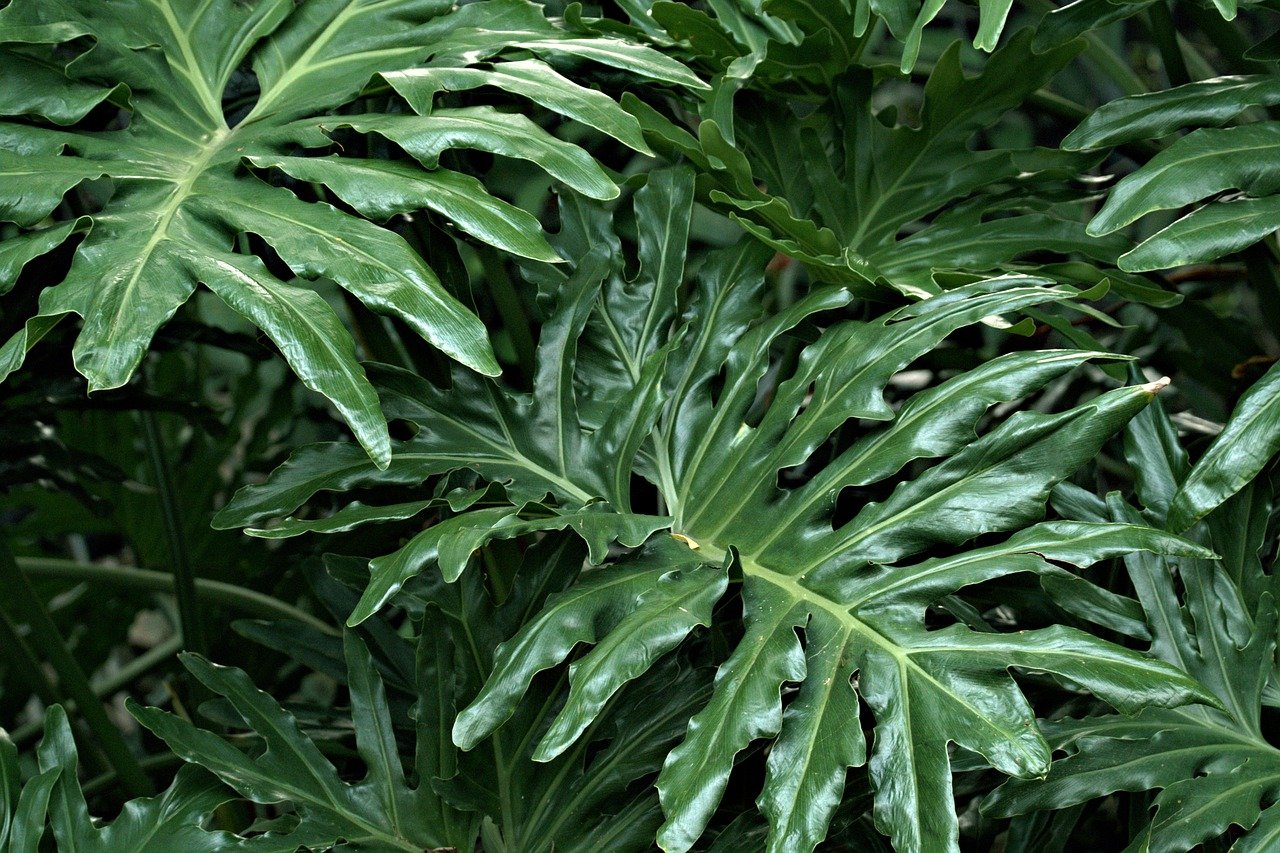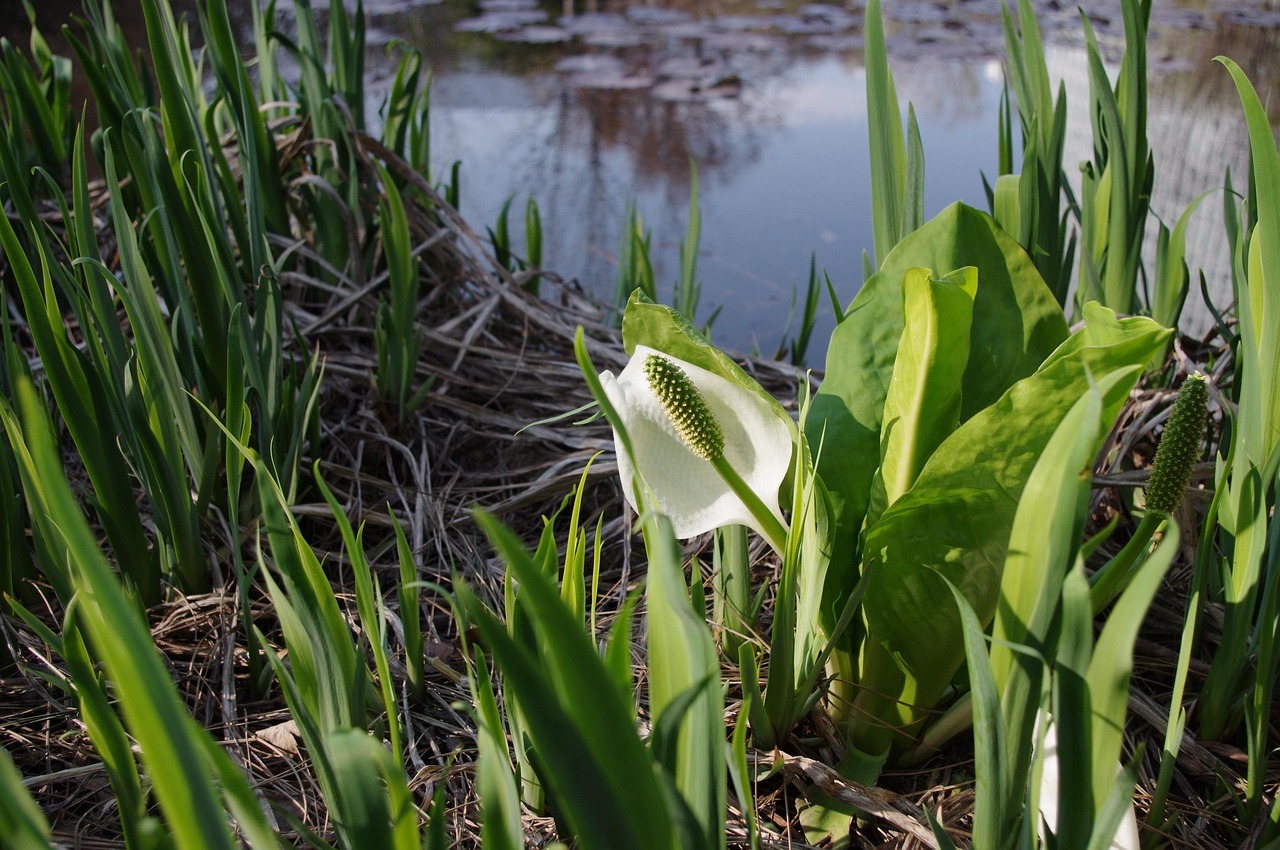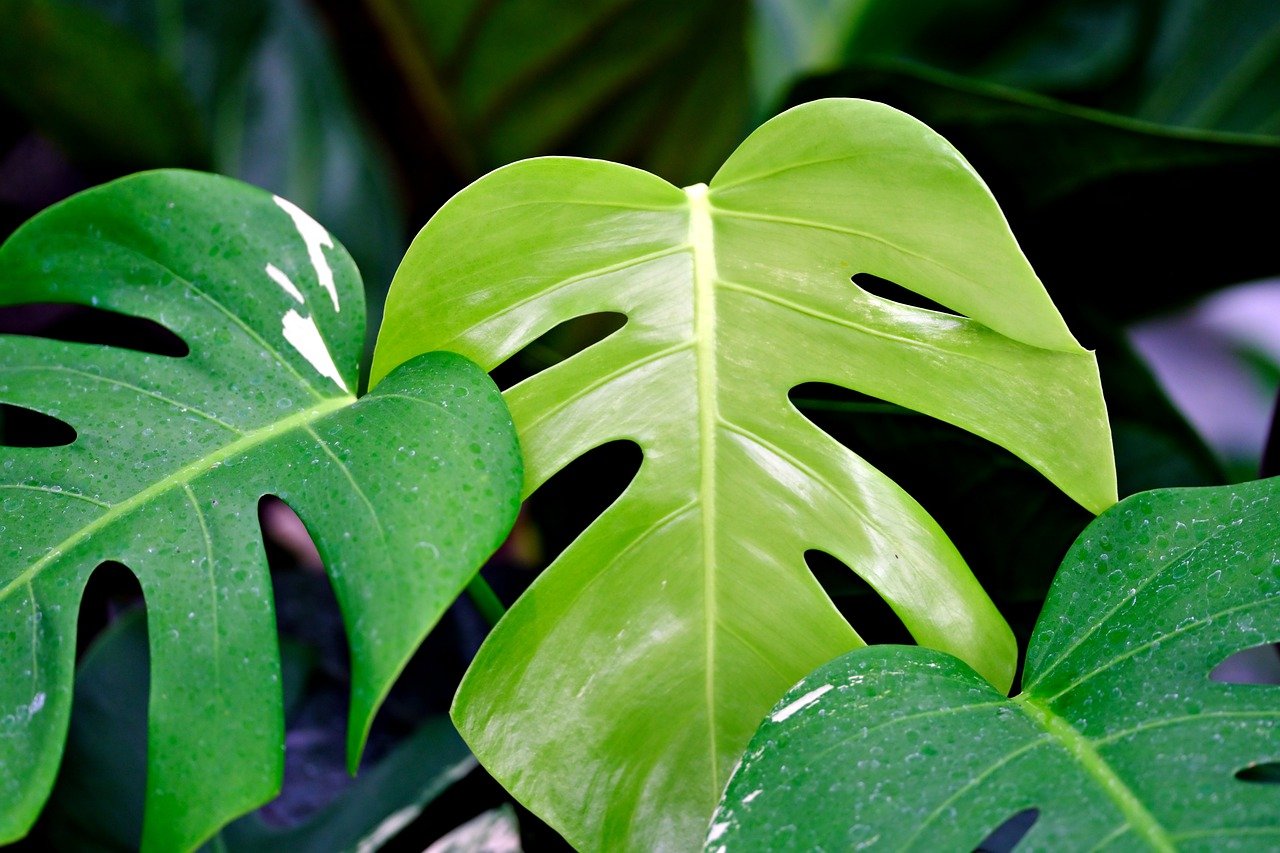Peace Lily: Features and Care
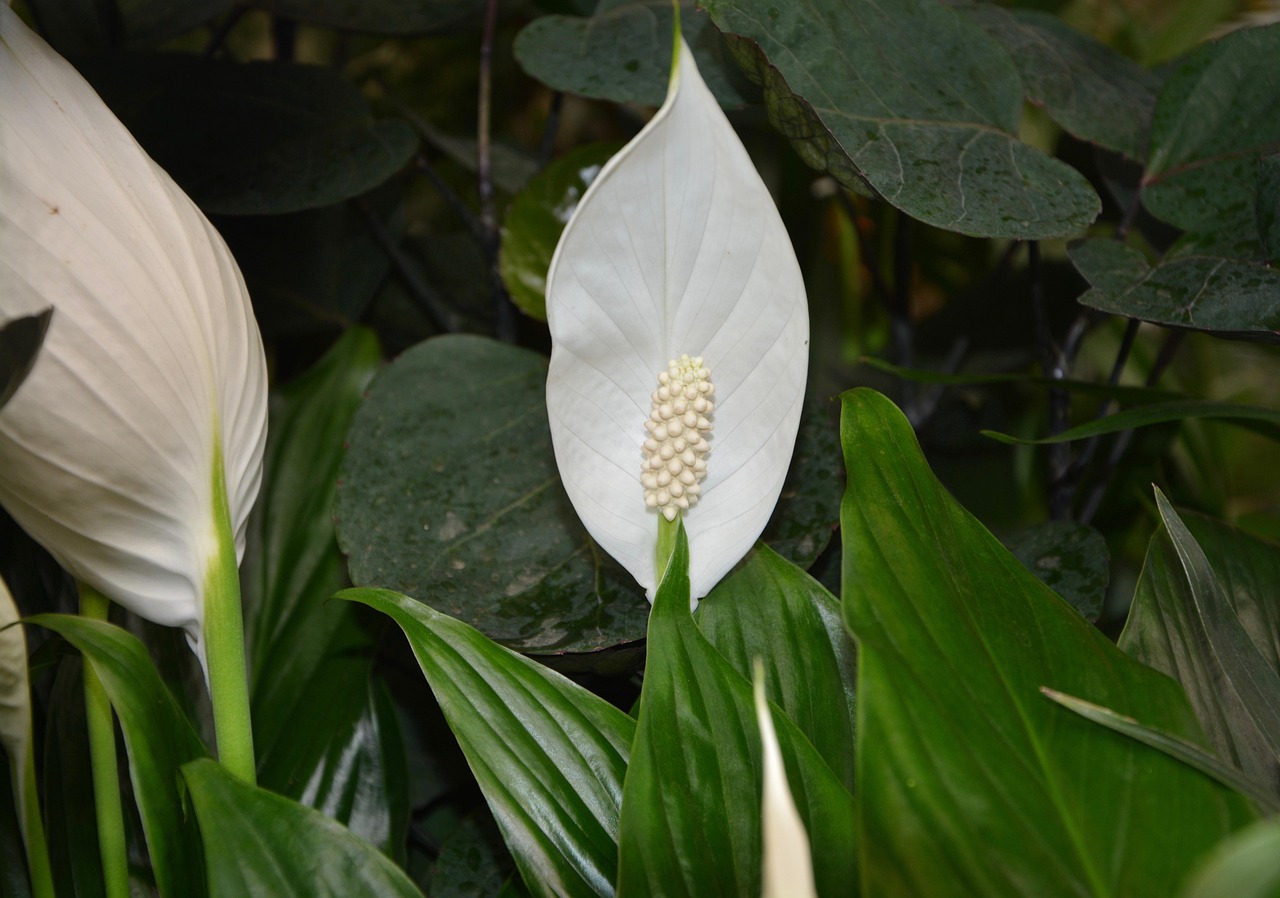
The Peace Lily (Spathiphyllum spp.) is a popular houseplant known for its glossy green leaves and white spathe, often mistaken for a flower. With its elegant appearance and air-purifying qualities, it is a favorite in homes and offices.
This article covers the basic information, cultural and historical significance, and care tips for the Peace Lily.
Basic Information
- Scientific Name: Spathiphyllum spp.
- Family: Araceae
- Origin: Central and South America, Southeast Asia
- Appearance:
The Peace Lily has shiny, vibrant green leaves and a white or light-green spathe that surrounds the central spadix. This spathe, often thought of as a flower, gives it a clean, sophisticated look. - Blooming Period:
It can bloom year-round with proper care, with peak blooming typically occurring in spring and summer.
Cultural Significance Worldwide
The Peace Lily symbolizes “peace” and “harmony” across many cultures. Its name reflects this in English, where it is called “Peace Lily.” In Western countries, it is often given as a gift to convey calmness and hope, and it is commonly seen at weddings and memorials due to its white spathe, which represents purity and innocence.
In Southeast Asia, it is believed to attract positive energy and promote harmony in the household, making it a common feature in homes.
Historical Significance
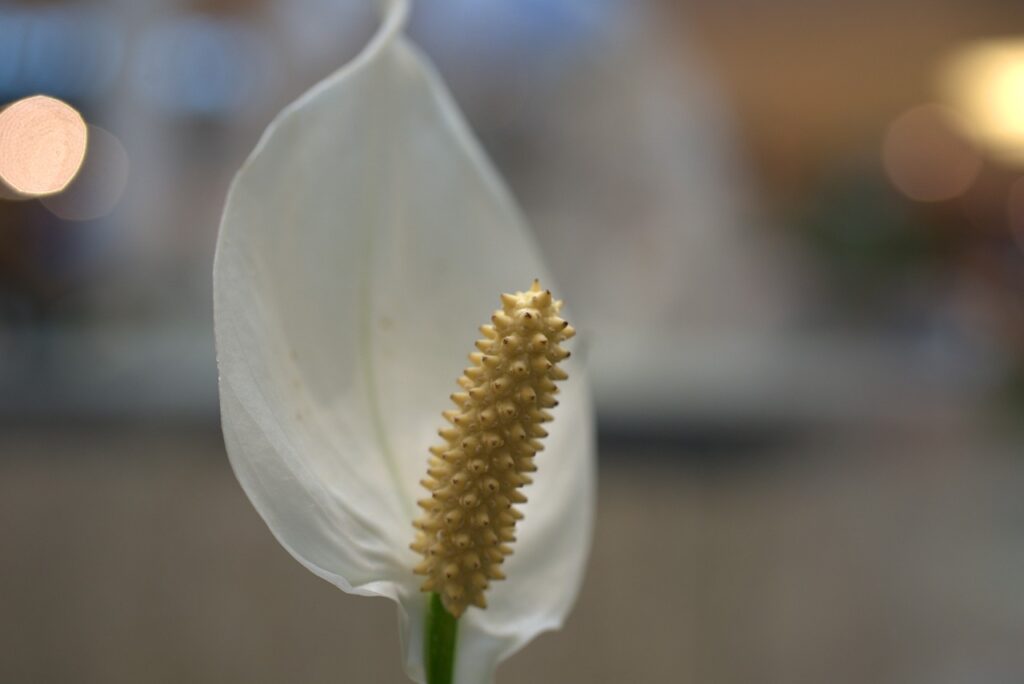
The Peace Lily was introduced to Europe in the late 19th century and became a sought-after ornamental plant for greenhouses and estates. Its popularity grew during the houseplant boom of the 1960s, particularly because of its low-light tolerance and ease of care.
NASA’s endorsement of the Peace Lily as one of the “air-purifying plants” further solidified its place as a household favorite.
Gardening Advice
Proper care ensures the Peace Lily thrives, offering its iconic white spathes and lush foliage.
Light
Prefers bright, indirect light. Avoid direct sunlight, which can scorch the leaves.
Watering
Water when the topsoil feels dry. Overwatering can lead to root rot, while drooping leaves signal dehydration.
Soil
Use well-draining potting mix. Adding perlite to a general-purpose soil mix improves drainage.
Fertilizer
Apply liquid fertilizer monthly during spring and summer. Reduce feeding in winter.
Humidity
Thrives in high humidity. Use a humidifier or mist the leaves regularly if the air is dry.
Conclusion
The Peace Lily brings a sense of tranquility to any space with its glossy leaves and elegant white spathes. Easy to care for and adaptable to various light conditions, it is ideal for beginners.
As a symbol of peace and purity, it also makes a meaningful gift and enhances the beauty of any indoor setting.

